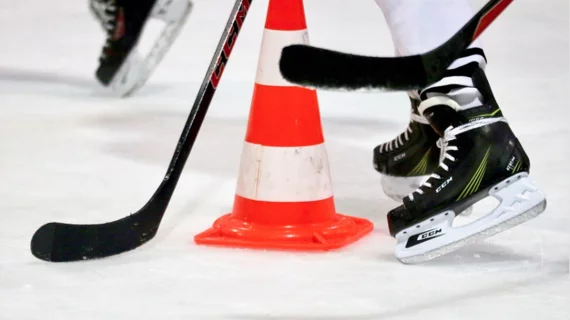Advanced imaging shows how concussions affect protective tissue in athletes' brains
Concussions can loosen protective tissue found in the brain, according to new research published in Frontiers in Neurology. Should this lead to a reassessment of modern concussion protocols?
The damage was confirmed when the authors compared MRI scans of 11 hockey players from the University of British Columbia (UBC) before and after experiencing concussions. In total, each subject was scanned before the season started, eight were scanned three days after their injury, 10 were scanned two weeks after their injury and nine were scanned two months after their injury.
The loosening was observed in scans two weeks after the concussion. When the athletes were scanned two months after their concussions, however, that tissue—known as myelin—had returned to normal.
The change in myelin was not visible with traditional MRI—“advanced digital analysis” of the scans was required to detect the differences.
“This is the first solid evidence in humans that concussions loosen myelin,” co-author Alex Rauscher, PhD, MSc, division of neurology at UBC, said in a news release from the school. “And it was detected two weeks after the concussion, when the players said they felt fine and were deemed ready to play through standard return-to-play evaluations. So athletes may be returning to play sooner than they should.”
Study co-author Alex Weber, PhD, added that the team’s findings may help improve the care these athletes receive following a concussion.
“These results show that there is some damage happening below the surface at least two weeks after a concussion,” Weber said in the same statement. “Passing a concussion test may not be a reliable indicator of whether their brain has truly healed. We might need to build in more waiting time to prevent any long-term damage.”

